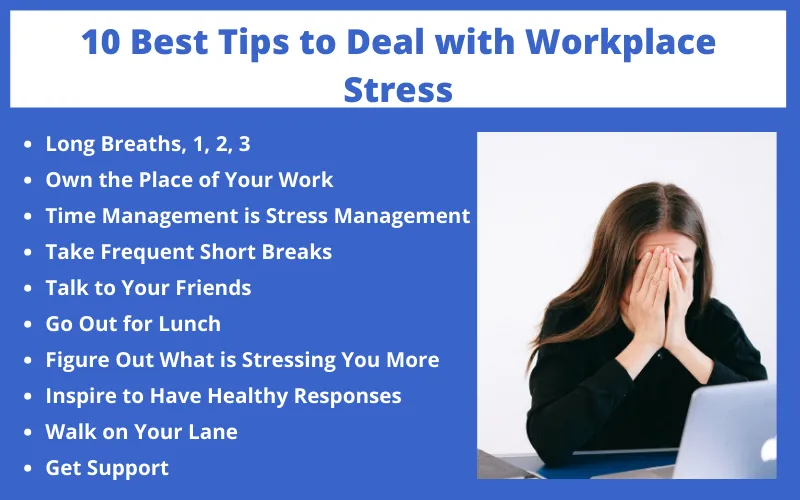Workplace stress is influenced by gender. The Department of Internal Medicine discusses the disparities in work environments for men and women. Be cautious to prevent burnout from high levels of job stress.
You are not alone if you feel like you are working longer hours almost constantly. 69 percent of Singaporean employees tune into work even when they are away from the office or on vacation, according to a workplace poll.
With the ability to check business emails and take work calls from anywhere, “workaholism” is on the increase. Workplace stress may increase as a result of constant connectedness. Job stress can also be increased by sluggish economic development and subpar market performance, as more workers experience mounting performance pressure.
For more information visit PK Halder articles.
Workplace stress in both genders
Stress at work may also be influenced by gender. According to a World Health Organization statement on gender differences in mental health. Gender impacts what causes stress in both men and women as well as how they respond to it. This is similar to how gender affects a person’s social position, status, and treatment in society.
The most significant cause of depression is work that restricts one’s ability to exercise judgment and decision-making power, which is more common in the lower one’s rank. Women are more likely than males to experience work-related stress since they often earn less than men and frequently have lower-ranking positions in organizations.

Males Vs Females in stress management
Males in this field tended to experience higher stress due to risk-taking, disciplinary issues, consequences of errors, redundancy, and professional advancement. On the other hand, female engineers in the construction sector emphasized more on prospects for personal growth, being current with new concepts, and traveling for work.
Low income, income disparity, and poor or subservient social standing and rank at work stress women more than males. These discrepancies are a reflection of how women actually function in society and the workplace.
Tips to manage stress at the workplace
While some levels of stress are common in the workplace and can even be motivating, excessive stress can hinder productivity and harm your physical and mental well-being.
-
Have a broad view
Find out from your boss what your main outputs are. Be specific with your work responsibilities and how you can benefit your department. Don’t let your numerous responsibilities overwhelm you; instead, set priorities and do each work one at a time.
-
Take a break
Talk informally with a coworker or acquaintance, stretch while using the photocopier, or go downstairs to get food. Your tension, anger, or aggravation will subside if you take a deep breath of fresh air.
-
Take a brief detour
Consider a time in your life when you were content and at ease. Think over the picture for at least a minute. When you’re feeling anxious, have a postcard or cutout of your favorite scenery on your wall.
-
Avoid being a hero
You will not only lose credibility at work if you over-commit by accepting too many tasks with arbitrary deadlines, but you will also put unnecessary stress on yourself. Go ahead and assign or share responsibilities for certain tasks if you can.

-
Engage in enough exercise
Regular exercise is crucial for maintaining physical health as well as for fostering mental well-being. Endorphins, brain chemicals that function as natural painkillers after exercise, promote sleep and lower stress levels. According to the World Health Organization, healthy individuals should aim to engage in at least 150 minutes of aerobic activity at a moderate intensity per week.
Pritish Kumar Halder on Stress Management
Pritish Kumar Halder also known as Pritish K Halder is better recognised for his utmost knowledge of the field of technology. He shares, “Our stress is largely self-inflicted. Most of us have goals in mind for our ideal income or career positions.”










